Bad for your teeth and liver not to mention your waistline, sugar is a nutritional nightmare.
Why not mark this year’s Sugar Awareness Week (November 8th -14th) by cutting back your intake?
Editor Jane Garton looks at ways to get started.
Why is too much sugar bad for us?

We all know too much sugar is bad for us. It’s not just that it’s full of empty calories and erodes your pearly whites. Refined sugars raise insulin, the hormone that removes sugar from the blood stream. It also boosts levels of blood fats called triglycerides, which are implicated in heart disease, and can have harmful effects on the liver.
Numerous studies also link too much sugar with non-alcoholic fatty liver disease (NAFLD), a potentially lethal build-up of fat in the liver that heralds a host of diseases including diabetes and heart disease. And that’s not all. It disrupts the hormones that control appetite and satiety, that feeling of fullness that stops you eating when you’ve had enough.
So how much should we be eating?
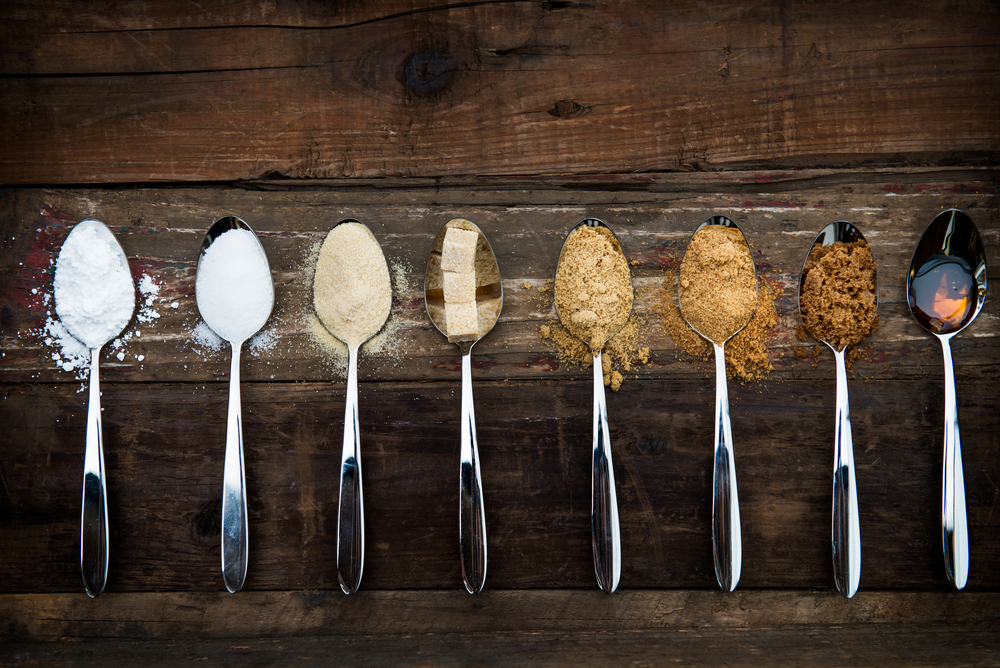
Most of us consume an average of 12 teaspoons of added sugars a day. But experts now agree we should aim for around six. However, the naturally occurring sugars which are wrapped up with fibre and other nutrients in vegetables and fruit are fine. Unfortunately, it’s not easy to tell how much sugar you may be consuming as sugar masquerades under many different names.
If you suspect your sugar intake is on the high side here’s how to cut back.
Check food labels
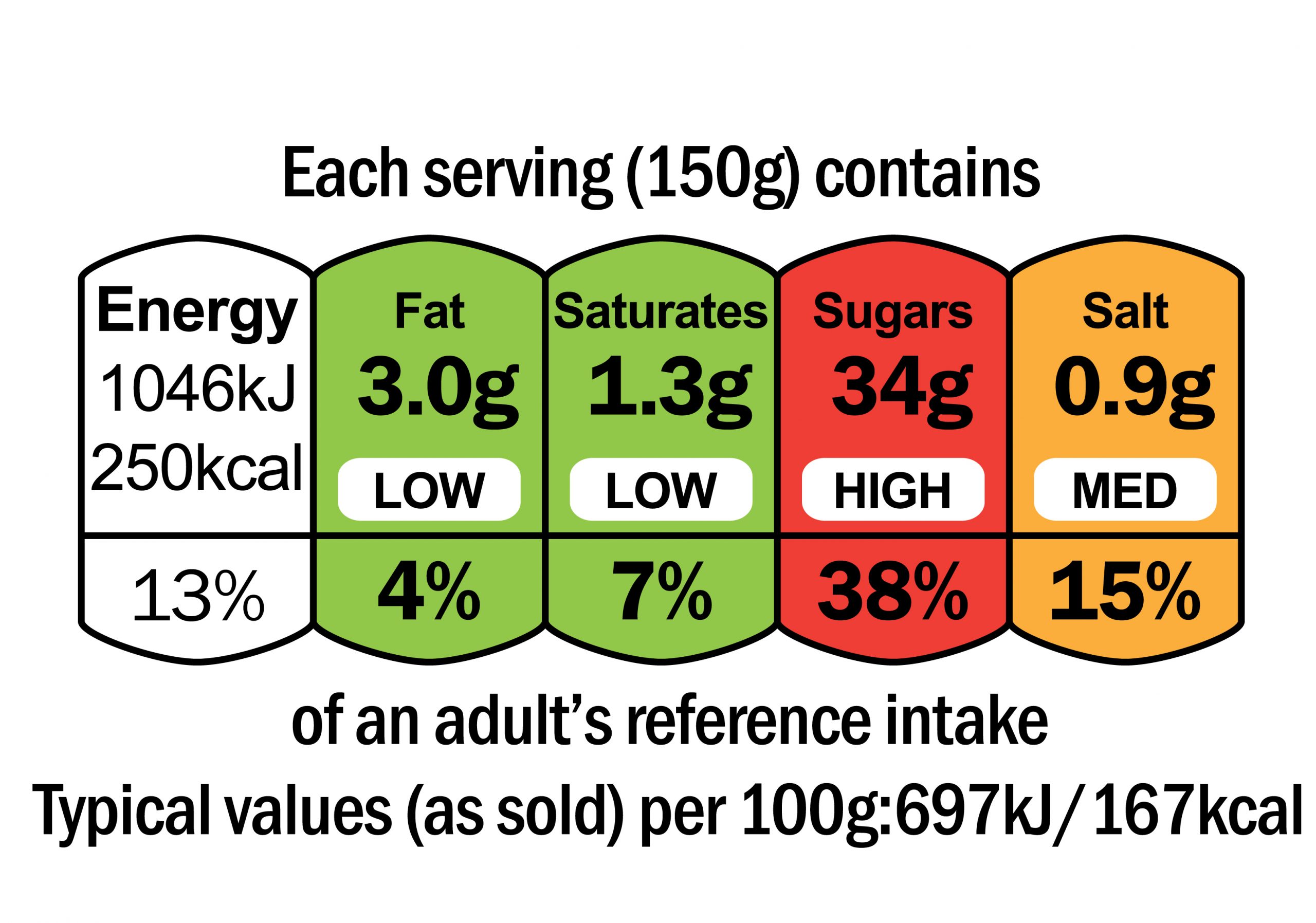
Ingredients are listed in order of amount so the nearer the top the higher the quantity. 22.5g/100g =high; 5g/100g= low.
Be a sugar detective
Sucrose, glucose, fructose, or anything that ends in –ose, as well as healthier sounding alternatives such as raw sugar, barley malt, maple syrup, coconut nectar, palm sugar, agave nectar, date sugar and brown rice syrup are among sugar’s many guises.
Try to halve it
If you have a sweet tooth, cut the amount you add to cereals, pancakes, tea or coffee by half. Once you’ve got used to the taste, halve the amount again: you could get to the stage where you cut it out completely.
Healthier swaps
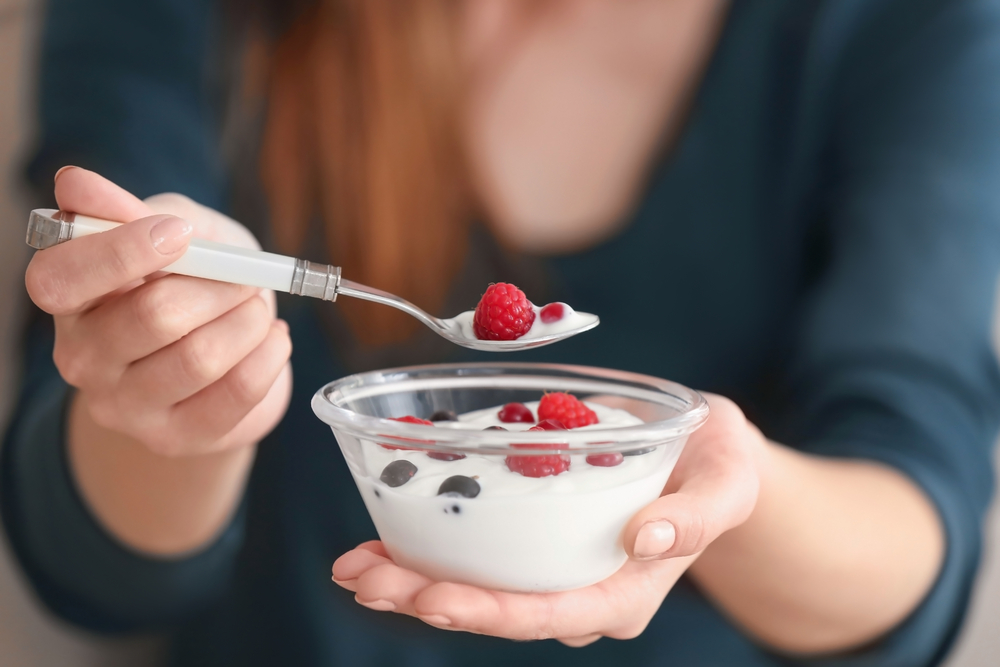
Swap bought fruit yoghurts for plain unsweetened natural yoghurt and top with fruit such as bananas, cherries, or strawberries.
Go for healthy fats and protein to feel full
A Mediterranean diet, with protein from fish, lean meat, cheese and yoghurt and healthy fats mainly from olive oil, nuts and seeds, will keep you satisfied between meals and less likely to reach for the biscuit tin.
Spice it up
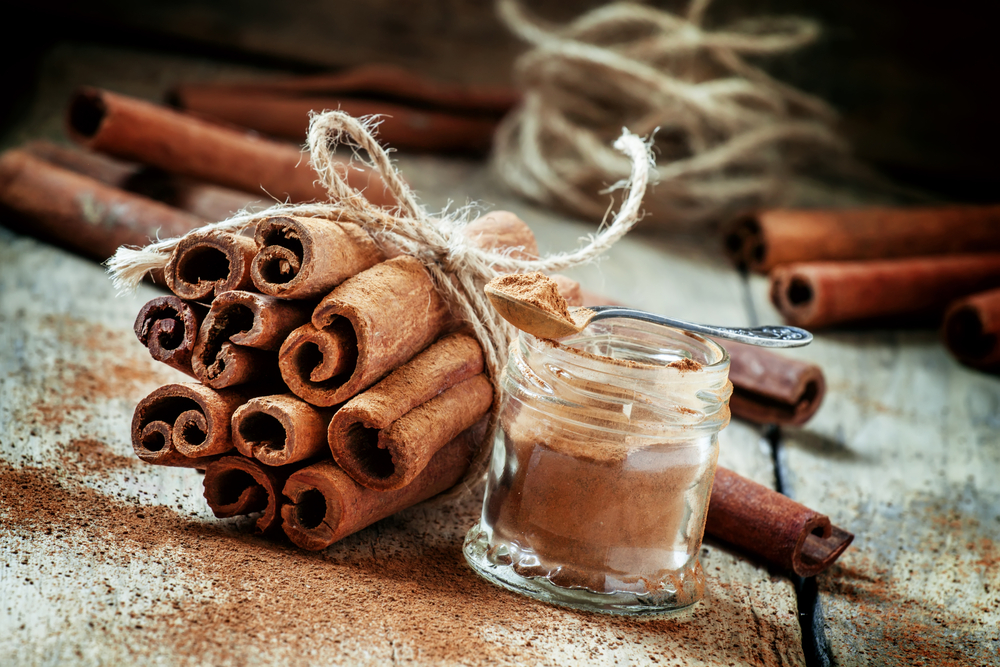
Use spices to flavour foods that you would normally sweeten with sugar. Ginger, allspice, nutmeg, and cinnamon are good choices.
Reduce sugar in baking
Cut the sugar in homemade biscuits, brownies, and cakes by a third to a half. Use almond, vanilla, orange, or lemon extracts to add flavour instead.
Minimise soft drinks
Soft drinks are some of the biggest offenders in boosting sugar intake. But shop-bought smoothies, energy drinks, fruit juices, iced teas, coffees and flavoured waters can all be sugar-laden too. For sparkle without sugar add a slice of orange, lemon, lime, or cucumber to natural sparkling water.
Spread wisely
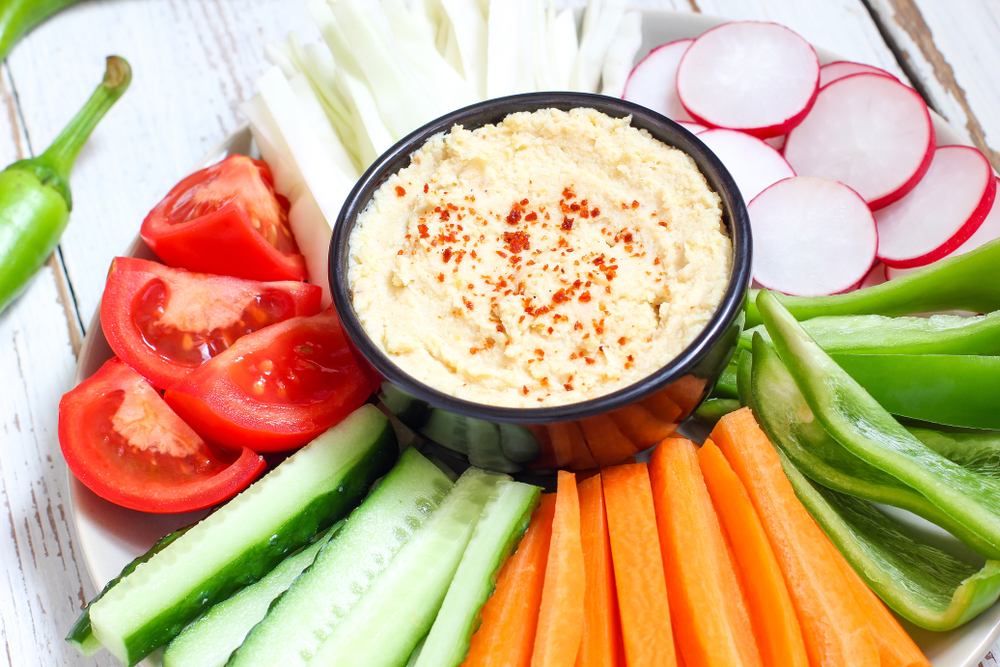
Swap jam, marmalade or honey for mashed banana, avocado, or hummus on toast or bread.
Are you using sweet treats as rewards?
Many of us use sugar as a reward to cheer ourselves up, ease stress or to boost energy. A brisk walk, run, dance, swim, or a chat with a friend are healthier ways to lift mood and boost your energy.



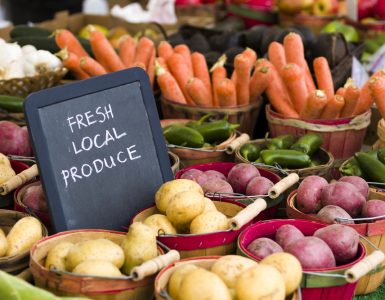


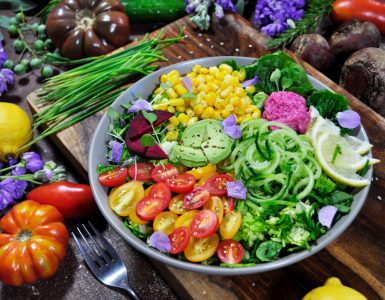

















Add comment